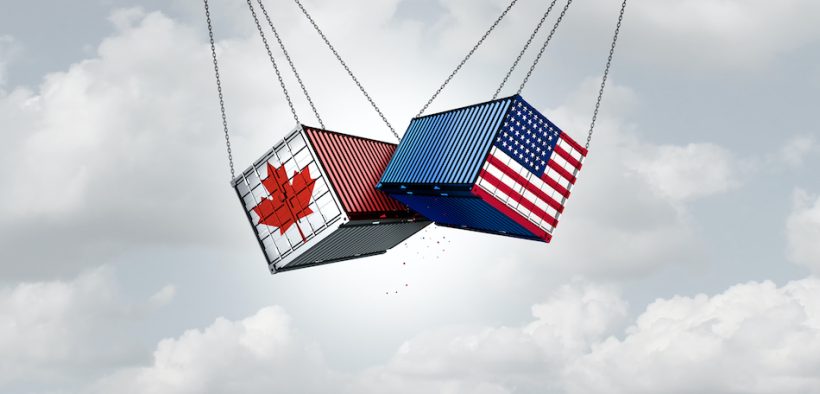Trump Links Border Crisis to New Tariff Strategy, Reshaping North American Trade
Share

In an unprecedented move linking trade policy to border security, Donald Trump has announced a new tariff structure explicitly tied to immigration and drug trafficking concerns. The measure imposes a 25% tariff on most imports from Canada and Mexico, while maintaining a 10% rate on Chinese goods and Canadian energy resources.
Invoking the International Emergency Economic Powers Act (IEEPA), Trump has characterized illegal immigration and fentanyl trafficking as constituting a national emergency requiring immediate economic action. This novel use of IEEPA to address border security marks a significant expansion of executive trade powers.
The tariff structure creates a complex hierarchy of trade penalties:
- 25% on most Canadian and Mexican imports
- 10% special rate for Canadian energy resources
- 10% on Chinese imports
This tiered approach reflects Trump’s stated strategy of pressuring America’s immediate neighbours to enhance border security and drug interdiction efforts. The lower rate for Canadian energy acknowledges the critical role of these resources in U.S. energy security, while maintaining pressure on other sectors.
The immediate economic implications are significant. The 25% tariff on Mexican and Canadian goods threatens to disrupt deeply integrated North American supply chains, particularly in automotive manufacturing, agriculture, and consumer goods. Companies face difficult decisions about absorbing costs, raising prices, or restructuring operations.
Mexico’s massive manufacturing sector, built around USMCA free trade principles, faces particular challenges. The 25% tariff could fundamentally alter the economics of production sharing arrangements that have made Mexico central to North American manufacturing. Agricultural exports, from seasonal produce to processed foods, face significant price pressures.
For Canada, the split tariff approach creates a two-tier export economy. While energy exports enjoy a relatively modest 10% tariff, other key sectors including lumber, aluminium, and agriculture face the full 25% rate. This disparity may trigger significant restructuring in Canadian export industries.
The 10% tariff on Chinese imports, while substantial, appears almost modest in comparison. This lower rate ironically positions China more favourably than America’s immediate neighbour’s, potentially creating unintended advantages for Chinese exporters in certain sectors.
Both Canada and Mexico have announced retaliatory measures, focusing on politically sensitive U.S. exports. Their responses suggest coordinated resistance to what they view as an unprecedented linking of security policy to trade relations. The potential for escalation threatens decades of economic integration.
Looking ahead, key questions emerge:
- Will these tariffs achieve their stated security objectives?
- How will supply chains adapt to this security-linked trade regime?
- What precedent does this set for future use of IEEPA in trade policy?
- How will this affect ongoing efforts to reshape North American manufacturing?
The marriage of border security concerns with aggressive trade measures marks a significant evolution in U.S. trade policy. As markets adjust to this new reality, the long-term implications for North American economic integration remain uncertain.



























